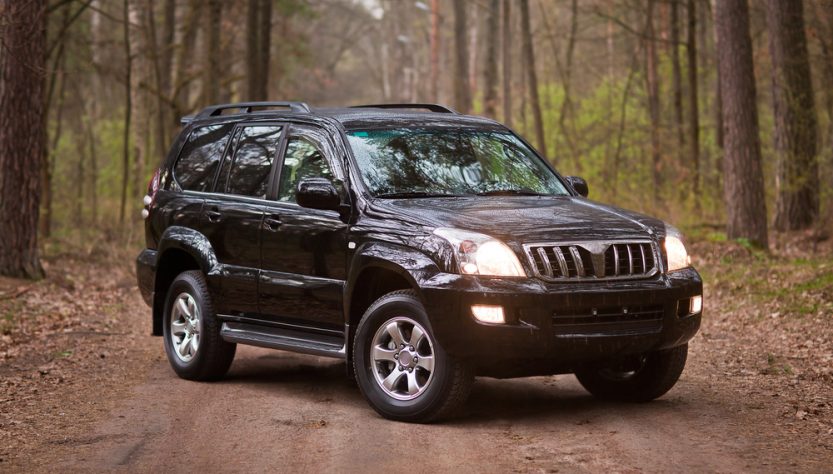SUVs endure heavy demands shuttling families, towing trailers, and tackling tough terrain. Keeping pace requires proactive maintenance focused on delivering consistent power to handle challenging driving conditions. Follow these garage best practices to keep your rugged SUV running reliably.
Keep the Battery Strong
The extra weight, electrical loads and vibration in SUVs work vehicle batteries hard over time. Use load testers periodically to quantify cranking ability and capacity retention.
Watch for symptoms like reluctant starts requiring extended ignition cranking and headlights dimming at idle signaling depletion. Replace batteries still testing over 75% yet over 3 years old as a preventative measure before getting stranded with a dead one at the worst times. Choose replacement batteries meeting or exceeding factory cold cranking amp specifications.
Maintain Charging System Components
Look for early signs of failure in charging system parts like loose alternator belts slipping under load and corroded battery cables limiting current flow. Replace worn alternator components prior to catastrophic failures that can kill your battery’s charge mid-drive.
The experts at Clore Automotive say you can prevent dead battery headaches by acquiring the best battery jump starter for SUV sized vehicles for your garage toolbox or onboard emergency kit. Quality portable lithium jump packs offer multiple engine cranks, 12-volt charging outlets, USB ports and built in LED floodlights providing backup assistance as needed until charging system repairs occur.
Change Fluids Regularly
Oil, transmission fluid, coolant and drive axle lubricants face contamination and viscosity breakdowns from rugged SUV duties. Adhere to factory advisories on maximum mileage intervals between fluid exchanges.
Where lacking specifics for heavy use vehicles, adapt shorter change milestones followed by commercial fleet managers. Thinner, overworked lubricants speed up internal wear, eventually manifesting in premature failures and expensive repairs.
Inspect Steering Linkage
Loosely fastened or worn steering components compromise vehicle control quickly based on an SUV’s height and weight. Identify loose ball joints and tie rods by bouncing each front wheel checking for any clunking noise or looseness signaling replacements needed soon.
While underneath, check dust covers and rubber boots covering joints remain intact keeping lubrication in place despite road debris damage. Any signs of cracking or gaps likely indicate underlying linkage wear from contamination meriting deeper inspection by technicians.
Upgrade Towing Components
Towing heavy loads over long distances strains mechanical components in ways vehicles never endure otherwise. Evaluate factory brake controller programming to levels appropriate for your heaviest intended trailer with electronic brake activation.
Install transmission coolers allowing fluid temps to shed heat adequately under peak towing loads and upgrade rear differential gear lube to formulations sustaining viscosity despite high-speed hauling demands. Choose an appropriate best jump starter for SUV use that offers sufficient power to crank over larger, higher compression tow vehicles if ever needed while on the road.
Monitor Tire Condition and Pressure
Regularly inspect SUV tires for proper tread depth, wear patterns, and damage. Maintain recommended tire pressure levels to ensure optimal fuel efficiency, wear, stability, and handling. Neglecting tire inspections and improper inflation can lead to premature tire failure, compromised braking performance, and even dangerous blowouts on the road. Consider investing in high-quality all-terrain or off-road tires designed for rigorous SUV use and towing. Proper tire maintenance is crucial for these heavy-duty vehicles to maximize traction, control, and longevity.
Conclusion
Relying daily upon an SUV’s formidable muscle demands upholding power-plant durability through diligent, preventative maintenance. Identify small issues before cascading into extensive or even catastrophic mechanical breakdowns, leaving your ride suddenly out of commission. Keep up with preventative upkeep protocols to haul, climb and tow confidently knowing your rugged ride will never let you down, even under extreme operating conditions.

